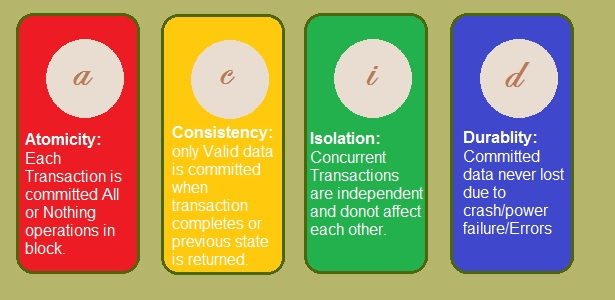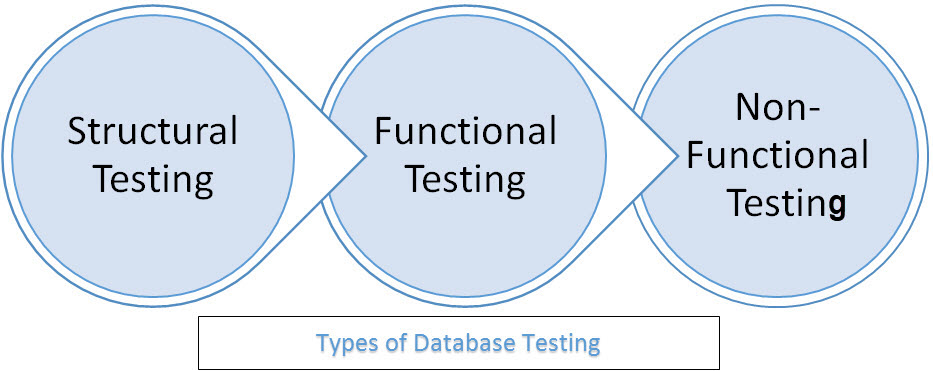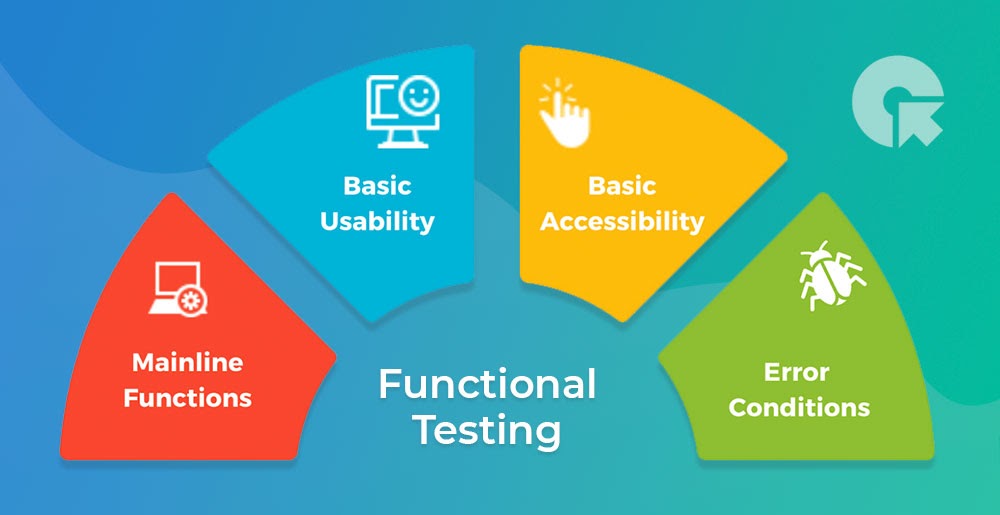While there are multiple components for the functioning of any application or software, testing plays a vital role. Moreover, data stored in databases is crucial to the operation, and thus, database testing is key to successfully managing your data. The complexity of applications increases, and so does the need for a secure and robust database. The same applies to applications with high volumes of transactions (e.g., banking or finance applications).
A fully-featured DB Tool can be a necessity. The data sets can be daunting and maybe a little too much for traditional database management tools and practices at times.
There are many such tools available that vary in price, reliability, features, security, and other aspects. Each device has its advantages and disadvantages. Irrespective of the type of application or industry that it belongs to, databases are critical. An application is only as efficient as how the data is stored and organized.
This is why you, as a decision-maker, need to understand ‘how’ and ‘why’ database testing is done in organizations. After understanding the key functionalities and reasons for the same, you will be able to make better decisions that directly impact the testing process in your organization’s day-to-day operations.
So, let us ask ourselves the first question, “Why is Database testing important?”
Why is Database Testing Necessary?
Before asking the why, let’s briefly understand the ‘what.’ What is DB testing? Database testing is the process of ensuring that all data is correct using a controlled environment. Also called backend testing, data testing involves checking components such as schemas, tables, and triggers.
Here are some of the reasons why it is essential to conduct DB testing sessions regularly.
1. Ensure accurate data mapping
Software systems often allow data to travel back and forth between the UI (user interface) and the backend DB (backend database). The following checks can help maintain an accurate mapping of the data.
Verify that the fields of the UI/frontend forms match the corresponding fields in DB tables. This mapping information is usually defined in the requirements documents.
A CRUD (Create. Retrieve. Update. Delete) action is invoked whenever a specific action is performed at an application’s front end. This will need proper verification of invoked action and its success.
2. Validate ACID properties:
ACID stands for Atomicity, Consistency, Isolation, and Durability. These are the four fundamental properties that are essential for a transaction in the database.

Source: Database Consistencies – DZone
Atomicity, also known as the “all-or-nothing” rule, implies that the transaction is either a success or a failure. Following a binary approach, even if a part of the transaction fails, the entire transaction in the database fails.
Consistency is the ability of the transaction always to have a valid state in the system.
Isolation is the ability of the database to maintain the exact result or state even if multiple transactions coincide.
Durability is the ability of the database transactions to remain unaffected by any external factors once it has been committed.
DB testing helps the testing team ensure that all the properties mentioned above are taken care of, thus ensuring no failures in the execution process.
3. Ensuring Data Integrity:
Any database system needs to ensure that the most recent value of the data should be shared on all possible means of outputs, i.e., screens or forms. Any discrepancy in the different data values or status being shared will affect the data integrity.
During execution, ‘CRUD’ operations facilitated by the database are utilized by the end-user. CRUD stands for:
- Create: The process of saving any transaction.
- Retrieve: Any command to search or view a specific transaction
- Update: This includes any edits or modifications to the transaction
- Delete: This is performed during the removal of records from the DB
Your DB testing process should include test cases that ensure any of the operations mentioned above maintain the same output on all screens.
4. Keeping the Business Rule in check
Databases do not just store records. Databases are now powerful tools that allow developers to execute business logic at the DB level.
These and other features allow developers to implement business logic at the DB level.
Databases with more complexity will have more complex components such as triggers and relational constraints. To validate complex objects, testers will need to create appropriate SQL queries. Testers must verify that the business logic implemented works correctly and is accurate.
But this is not all! Even though you know why DB testing should be your priority, aren’t you curious how you can do it? Let’s look at the different types of MySQL testing practices and which one you should go for.
Types of DB testing practices

Owing to the multiple types of databases, types of database testing also vary. Thus, we can categorize DB testing based on its functionality and structure into three types:
1. Structural Database Testing
Structural database testing is the process of verifying those database components that are not visible to end-users. It includes all components of the repository that are used to store data. End users cannot alter them.
This testing is usually performed by database administrators who are familiar with SQL stored procedures and other concepts. They carry expertise in SQL commands and procedures.
Some standard components that are tested during structural database testing include:
a. Schema testing
Also known as the mapping testing technique, it ensures synchroneity between the frontend and the backend schema mapping. Checks are run to provide validation of various schema types. It also helps find out any unmapped objects in the database, such as tables, views, columns, and more.
b. Stored Procedure and Views testing
Stored procedures and views must generate the desired results in manual execution. This test type ensures the same.
A tester, in this case, is responsible for ensuring desired execution of triggers, coverage of all conditions and loops in the code, detection, and validation of unused procedures, and integration of the overall stored procedures.
c. Trigger testing
Another vital test to run, trigger testing, is responsible for ensuring execution of coding conventions during the trigger coding phase, achievement of desired results, the accuracy of updated data post-execution, and validation of the UPDATE, INSERT, and DELETE triggers.
d. Database Server Check
As the name implies, this check includes a check of the database and its abilities. A database needs to maintain its configuration as per the business requirements. This means it needs to be able to handle a certain number of transactions, and if there is any discrepancy, the server might not be able to handle the load of the transactions. Additionally, maintenance of user authorization is essential. All these checks need to be maintained.
e. Table and Column testing
This component ensures that the database fields and columns are in sync. Additionally, it is responsible for validating field types and naming conventions as per the requirement, compatibility of data types, the ability of users to input data, and detection and validation of unused/ unmapped tables and columns.
2. Functional Testing

Source: features of Functional Testing
Functional testing is done from an end-user perspective. It is used to determine if the transactions and operations performed by end-users are in line with business specifications.
Different types of functional testing include:
a. Black-box testing
Black Box Testing is a process that verifies the integration of a database and checks different functionalities. These test cases are often simple and verify the function’s incoming and output data.
To test database functionality, various techniques are used, including boundary-value analysis, cause-effect graphing, and equivalence partitioning. This testing is usually done in the early stages of development and costs less than other functional tests.
However, it has its limitations. For example, it cannot detect errors and doesn’t specify how much the program should be tested.
b. White-box testing
White Box Testing is used to test the internal structure of a database. The specification details are kept secret from users. This involves testing database triggers and logic views that will support database refactoring.
This tool performs module testing for database functions, triggers, and views. This type of testing is responsible for the validation of database tables, data models, and database schemas. It examines rules for Referential integrity. It checks for database consistency by selecting default table values.
White box testing can be performed using several methods, including condition coverage, decision coverage, and statement coverage.
White-box testing can detect code errors and eliminate internal bugs from the database. White-box testing does not cover SQL statements.
3. Non-functional testing
Non-functional testing is a procedure used to check the minimum system requirements and whether they are being fulfilled or not. It is done using stress tests and load tests. Additionally, it uses minimum requirements to detect potential risks and optimize the system performance based on results.
There are two types of non-functional testing procedures. These are:
a. Load Testing
It is primarily responsible for checking and validating the impact of ongoing transactions on the system. A tester is responsible for tracking the response time for multiple users in the database and the time to fetch the records.
b. Stress testing
Stress testing is a process to determine the system’s breakpoint. This testing involves loading an application until the system crashes. This is called a breakpoint in the database system. LoadRunner and WinRunner are the most commonly used Stress Testing Tools.
Conclusion
Now that you have understood the basics of Database testing, its importance, and multiple ways of executing it, it will be easier for you to make decisions accordingly. If you still face any difficulties and are looking for expert advice, OptimizDBA is the perfect place to seek help. Our experts are proactively working to ensure your organization achieves its goals by ensuring smooth functioning and fulfillment of all your database requirements.

